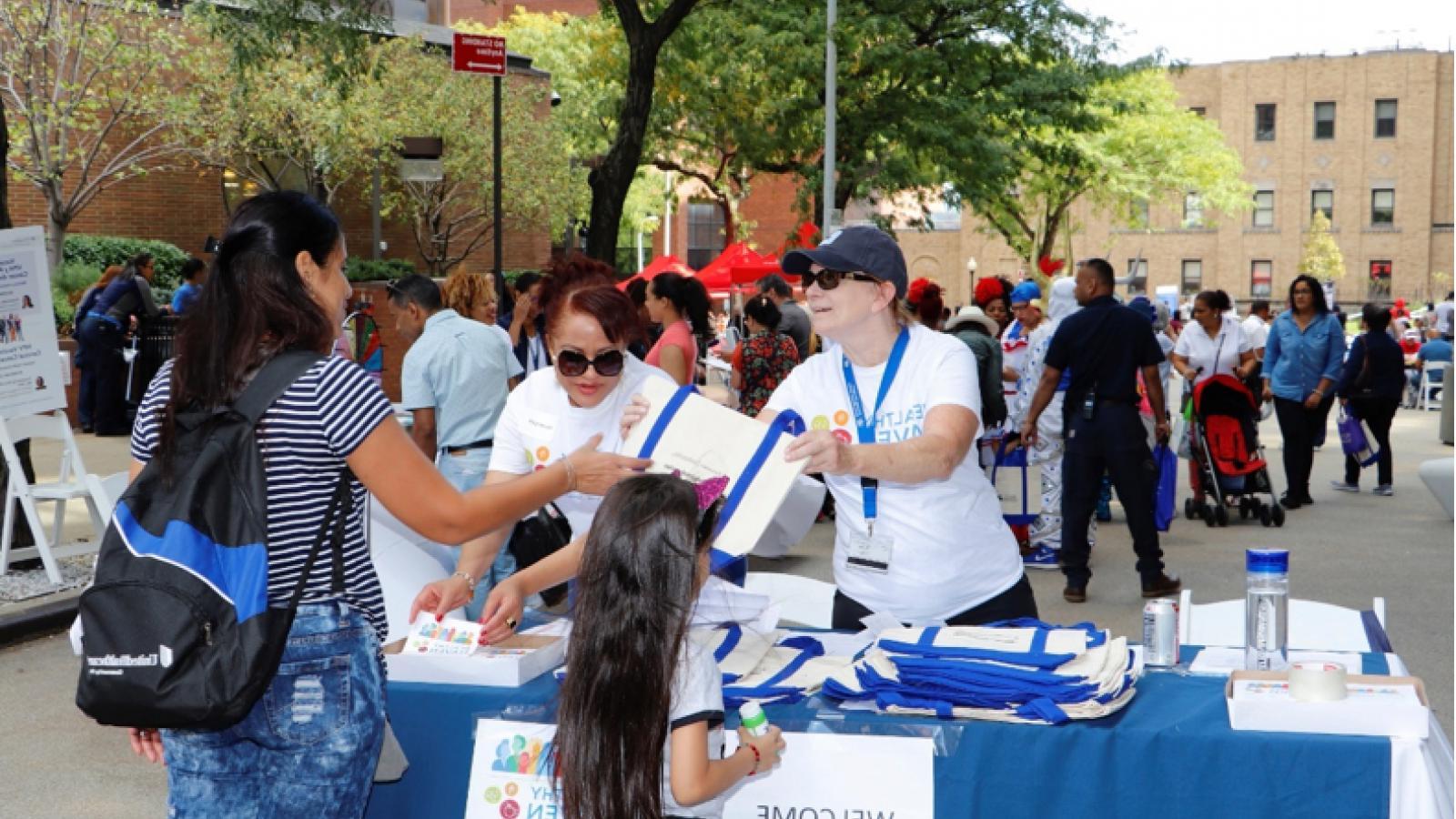
Community programs play a vital role in bringing people together, fostering a sense of belonging, and addressing local needs. These initiatives can range from educational workshops and health clinics to recreational activities and support groups. Why are community programs important? They provide essential services, promote social interaction, and enhance the quality of life for participants. By engaging in these programs, individuals can develop new skills, build relationships, and contribute to the well-being of their neighborhoods. Whether it's a youth sports league, a senior center, or a neighborhood watch group, community programs create a supportive environment where everyone can thrive.
Key Takeaways:
- Community programs offer educational, health, and recreational support to improve residents' lives and foster a sense of belonging, reducing isolation and crime rates.
- Funding and volunteer support are crucial for the success of community programs, which face challenges like funding shortages and lack of participation.
What Are Community Programs?
Community programs are initiatives designed to improve the quality of life for residents in a specific area. These programs can range from educational workshops to health services, recreational activities, and more. They aim to foster a sense of community, provide support, and address local needs.
-
Community programs often focus on education. They offer tutoring, literacy classes, and after-school programs to help students succeed.
-
Health services are a common component. Many programs provide free or low-cost medical, dental, and mental health services.
-
Recreational activities are also popular. These include sports leagues, arts and crafts classes, and community events like festivals and fairs.
-
Some programs focus on job training. They offer workshops on resume writing, interview skills, and job placement assistance.
-
Environmental initiatives are another key area. Programs might include community gardens, recycling drives, and clean-up events.
Benefits of Community Programs
Community programs offer numerous benefits to individuals and the community as a whole. They can improve health, increase educational opportunities, and foster a sense of belonging.
-
They promote social interaction. People meet and form friendships, reducing feelings of isolation.
-
Youth engagement is a significant benefit. Programs keep young people occupied and out of trouble, providing positive outlets for their energy.
-
Skill development is another advantage. Participants learn new skills that can help them in their personal and professional lives.
-
Community pride often increases. Residents feel more connected to their community and take pride in their neighborhood.
-
Crime reduction can result from these programs. Engaged communities tend to have lower crime rates.
Types of Community Programs
There are various types of community programs, each designed to meet specific needs. These can be broadly categorized into educational, health, recreational, and environmental programs.
-
Educational programs include adult education classes, GED preparation, and ESL courses.
-
Health programs might offer fitness classes, nutrition workshops, and substance abuse counseling.
-
Recreational programs can range from youth sports leagues to senior citizen dance classes.
-
Environmental programs often focus on sustainability, such as tree planting and energy conservation workshops.
-
Cultural programs celebrate diversity. They include cultural festivals, language classes, and heritage celebrations.
Funding and Support for Community Programs
Funding and support are crucial for the success of community programs. They often rely on a mix of government grants, private donations, and volunteer efforts.
-
Government grants are a primary source of funding. Local, state, and federal governments provide financial support for many programs.
-
Private donations from individuals and businesses also play a significant role. Many programs rely on the generosity of community members.
-
Volunteer efforts are essential. Volunteers provide the manpower needed to run programs and organize events.
-
Corporate sponsorships can provide both funding and resources. Many companies support community programs as part of their corporate social responsibility initiatives.
-
Fundraising events are common. Programs often host events like bake sales, car washes, and charity runs to raise money.
Challenges Faced by Community Programs
Despite their benefits, community programs face several challenges. These can include funding shortages, lack of participation, and logistical issues.
-
Funding shortages are a major challenge. Many programs struggle to secure consistent financial support.
-
Lack of participation can also be an issue. Programs need active participation to be successful, but sometimes struggle to attract participants.
-
Logistical issues such as finding suitable locations and coordinating schedules can complicate program delivery.
-
Volunteer burnout is another challenge. Programs often rely heavily on volunteers, who can become overwhelmed.
-
Changing community needs require programs to be adaptable. What works one year might not be effective the next.
Success Stories of Community Programs
Despite the challenges, many community programs have achieved remarkable success. These success stories highlight the positive impact these initiatives can have.
-
A literacy program in a small town helped over 100 adults learn to read, opening up new opportunities for them.
-
A youth sports league reduced juvenile crime rates by 30% in its first year.
-
A community garden project provided fresh produce to dozens of families, improving their nutrition.
-
A job training program helped 50 people find employment within six months of completing the program.
-
A health clinic offered free medical services to over 1,000 residents in its first year.
How to Get Involved in Community Programs
Getting involved in community programs is a great way to make a difference. There are many ways to contribute, whether through volunteering, donating, or simply participating.
-
Volunteering is one of the best ways to get involved. Many programs rely on volunteers to run smoothly.
-
Donating money or resources can also make a big impact. Every little bit helps.
-
Participating in programs is another way to support them. The more people who participate, the more successful the program will be.
-
Spreading the word can help. Tell friends and family about the programs and encourage them to get involved.
-
Advocating for community programs can lead to more support and funding. Speak up about the importance of these initiatives.
The Power of Community Programs
Community programs play a vital role in shaping neighborhoods and improving lives. They offer resources, support, and opportunities that might not be available otherwise. From educational initiatives to health services, these programs address a wide range of needs, fostering a sense of belonging and unity.
Volunteering in these programs not only benefits participants but also enriches the lives of volunteers, creating a cycle of giving and receiving. The impact of community programs extends beyond immediate benefits, contributing to long-term social and economic growth.
By participating in or supporting local initiatives, individuals can make a tangible difference in their communities. Whether through donating time, money, or resources, every contribution counts. Community programs remind us that collective efforts can lead to significant positive change, proving that together, we can build stronger, more resilient communities.
Frequently Asked Questions
Was this page helpful?
Our commitment to delivering trustworthy and engaging content is at the heart of what we do. Each fact on our site is contributed by real users like you, bringing a wealth of diverse insights and information. To ensure the highest standards of accuracy and reliability, our dedicated editors meticulously review each submission. This process guarantees that the facts we share are not only fascinating but also credible. Trust in our commitment to quality and authenticity as you explore and learn with us.


